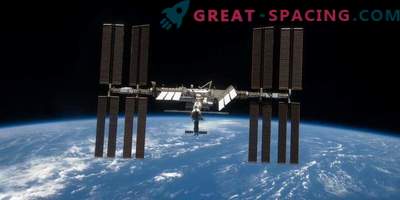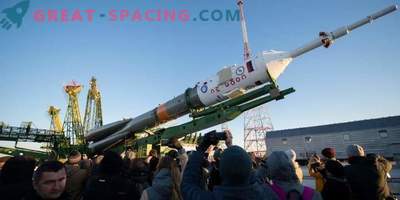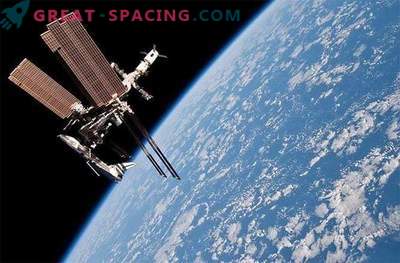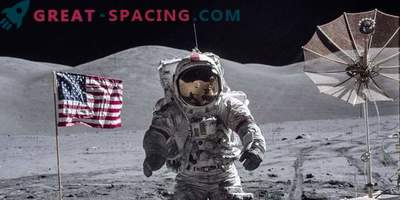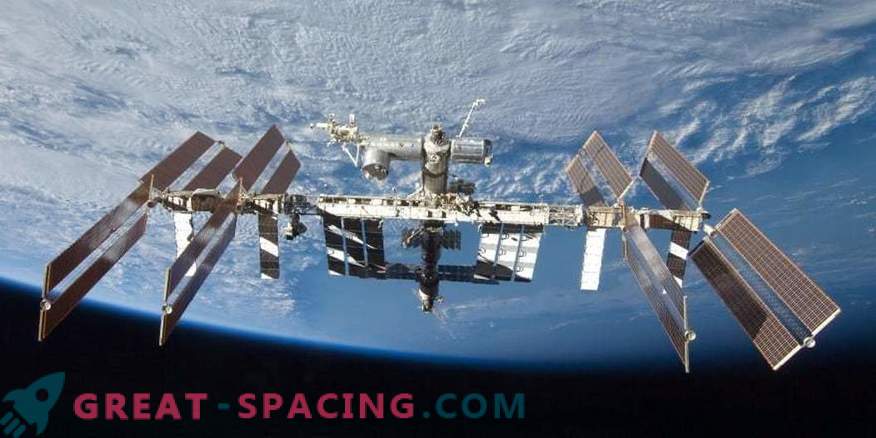
The House bill, introduced on September 26, permits the extension of the ISS to 2030, in order to prevent problems associated with the absence of NASA in near-earth orbit.
On September 26, Brian Babin, a member of the House of Representatives in Washington, announced that he was introducing the draft law on human space flight, which extends the operation of the ISS until 2030. The text of the bill itself has not been publicly available for a long time, but Babin said that one of the provisions would expand the operation of the orbital station from 2024 to 2030, if during this time they did not create an affordable and less expensive alternative.
During the hearing, Babin inquired about what actions the agency was taking to prevent the loss of the potential of the presence of mankind in Earth orbit. Bill Gerstenmayer (NASA Administrator Assistant) referred to the ISS transition plan, published in early 2018. In August, the agency carefully analyzed the company to explore commercial opportunities. It is important to find an industry that is interested in investing. In order not to create a gap, it is planned to launch a new program before the end of the previous one. Senator Ted Cruz also took the floor, reminding us that American taxpayers invested more than $ 100 billion in the ISS, which means that the orbital station must be used 100%. Cruz did not forget to mention the Chinese plans to create the first permanently operating space station in low-earth orbit by 2022. “You can't give up the station to China or any other nation,” he said. “The US government should consider the constant presence of people in low Earth orbit, which includes a transition from the ISS to creating something new.”
NASA administrator Jim Brydenstein said that NASA is not seeking to lose the orbital station. But the agency aims to maximize cooperation with the commercial sector in order to minimize costs and improve technological development. Already there are companies interested in using the ISS on a commercial basis.
Brydenstein also added that the work of the ISS can be extended until 2030, but you need to count on this budget and take into account certain risks of deterioration of the structure itself. Moreover, the mission of NASA depends on the work of the ISS. But he insisted on the need to commercialize a near-earth orbit in order to get to the Moon and Mars.


